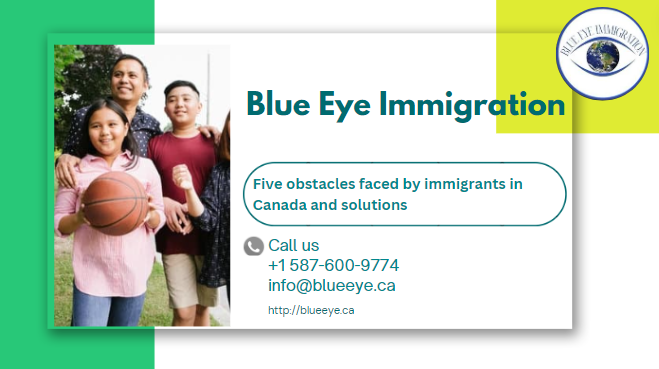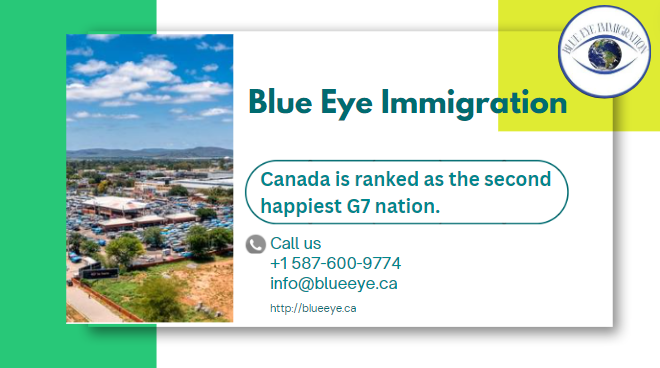Deputy Prime Minister and Finance Minister Chrystia Freeland unveiled a number of new housing affordability initiatives on April 11, 2024, with the goal of assisting both first-time homebuyers and existing homeowners.
Newcomers to Canada might wonder if they qualify for any of the recently announced housing affordability initiatives, given the federal limits on foreign house buyers that were put in place last year (more on that later).
This article describes how policies that make it simpler for immigrants to buy their first house in Canada by raising RRSP withdrawal limits and extending mortgage terms can help newcomers.
We also explain in detail what these changes entail and how newcomers, particularly temporary residents like foreign workers and students, might take advantage of them.
Recognizing the limitations placed on foreign homebuyers in Canada
The Canadian government passed the Prohibition on the Purchase of Residential Property by Non-Canadians Act, which will go into effect on January 1, 2023.
This government policy prohibits “non-Canadians* from buying residential property,… defined as buildings with 3… or [fewer dwelling units, including] semi-detached houses, and condominium units.” It was recently extended until January 1, 2027.
*”Those who are not Canadian citizens or permanent residents” is the definition of non-Canadians.
Outsiders may still be able to buy a home in Canada in some circumstances, including those involving temporary residency such as foreign workers or international students. To learn more, go here.
Raised withdrawal caps from Registered Retirement Savings Plans
First-time home buyers will have greater access to withdrawals from their Registered Retirement Savings Plan (RRSP) for the purpose of funding a down payment on their first house as of April 16, 2024.
More specifically, following the implementation of the amendment, first-time homebuyers in Canada will have an additional $25,000 in withdrawal limits, up to $60,000, to use as a down payment on a house they wish to buy. Prior to April 16, the maximum amount that first-time homebuyers could use out of their RRSP for a down payment was $35,000.
Increased RRSP withdrawal limits “plus the Tax-Free First Home Savings Account* [FHSA], can be combined,” according to Minister Freeland. When combined, these programs “will give younger Canadians more tools to save what is actually needed” for their first-time home purchase, according to Freeland.
*FHSAs are discussed in more detail below.
To put it another way, it is anticipated that the government’s move to raise RRSP withdrawal restrictions will make it easier for Canadians, including eligible immigrants, to access more money for a down payment, hence reducing the initial cost of buying a property in Canada.
The tax-free FHSA in Canada
The Canadian government unveiled the FHSA, a brand-new savings account, in 2022. Canadian citizens and permanent residents can save up to $8,000 annually for their first house with this tax-free savings account. This account is special because it gives qualified account holders access to a number of tax advantages while they accumulate funds for the purchase of their first residence in Canada, including:
- Contributions to a Flexible Savings Account (FSA) are deductible from taxes and offer account holders tax rebates.
- All growth that takes place with funds contributed to an FHSA is exempt from taxes.
- The funds removed from this account are tax-free when the account holder determines they are prepared to take money out of their FHSA for a down payment on a house.
Prolonged RRSP repayment duration
The Canadian government states that those who hold an RRSP, even those who are new to the country, will soon have longer time than they did in the past “to start repaying their RRSP contributions [after making] a withdrawal to pay for the deposit on a home.”
Minister Freeland stated that “first-time home buyers would now have five years to begin repayments” if they take money out of their RRSPs by December 31, 2025. Canadians and newcomers who have an RRSP had just two years left before they had to start returning their contributions before this payback period was extended.
It is anticipated that this extension will provide qualified account holders more financial flexibility in repaying their RRSP, which will be advantageous for new homeowners’ long-term budget planning as well as short-term planning.
Longer mortgage amortization period
As per the Canadian government, certain first-time homebuyers who have insured mortgages will have 30 years to repay their mortgage starting on August 1st of this year.
Note: Only newly constructed homes will qualify for this extended amortization period for first-time homeowners.
Because they lower the monthly payments that homeowners must make on their property, longer mortgage amortization periods benefit Canadian homeowners.
Thus, it is anticipated that this program will enable “more younger Canadians [to] afford to pay that monthly mortgage on a new home,” as Minister Freeland put it. In the end, this ought to typically increase younger Canadians’ access to homeownership across the nation. Newcomers who usually immigrate to Canada as young adults may also profit from this.
Modifications to the Mortgage Charter of Canada
This September, the Canadian government revised the Canadian Mortgage Charter, which will particularly help recent immigrants and other “vulnerable borrowers.”
Below is a synopsis of the most current modification to the government’s Charter.
In accordance with the most current modification to the Mortgage Charter, as per a CBC News article:
- “Reach out to homeowners four to six months in advance of their mortgage renewal date to inform them of affordability options” is the new mandate for banks.
- Now, “up to 24 months in advance of a homeowner’s mortgage renewal to discuss options,” lenders are required to get in touch with consumers.
- It is now mandatory for lenders to *give mortgage holders who were having financial issues temporary extensions on the repayment time.
*Note that, per Canada’s Deputy Prime Minister/Finance Minister, this once temporary extension solution “is now being made permanent… depending on a homeowner’s circumstances.” Furthermore, according to Freeland, “people with insured mortgages and making that change will not come with any extra fees or penalties” may be affected by this new update.
In addition to the aforementioned, the government has declared that the following changes to the Charter will help “vulnerable borrowers under financial strain,” according to the same CBC News article:
- removing the fees and expenses associated with mortgage relief measures that otherwise would have been incurred
- When mortgage relief methods lead to mortgage payments that are insufficient to cover loan interest, interest on the interest will be waived.
- “Re-qualifying under the stress test when switching lenders at the time of a mortgage renewal” will not apply to insured mortgage holders.
- “Pump sum payments to avoid negative amortization or sell their principal residence without incurring prepayment penalties” will be permitted for borrowers.
The longer notice periods that banks and other lenders are now required to provide homeowners should give them more time to prepare for their financial future. Additionally, it is anticipated that some fees and interest payments may be abolished for specific individuals, and longer amortization periods may make homes more affordable.



